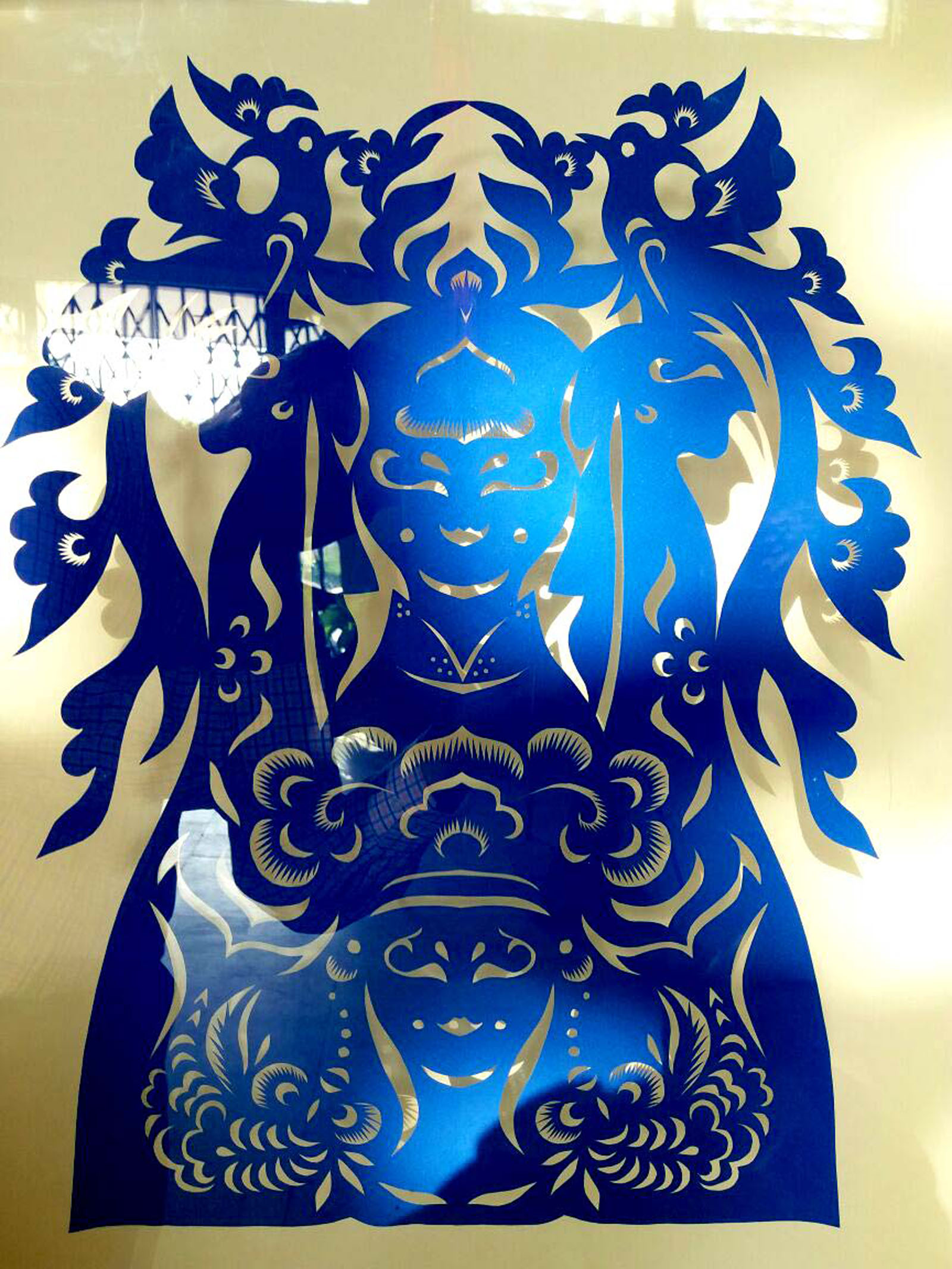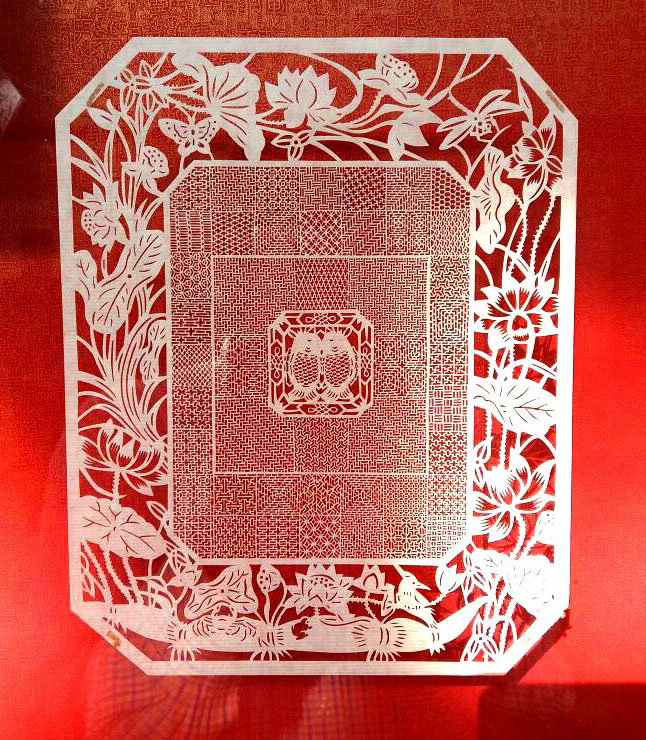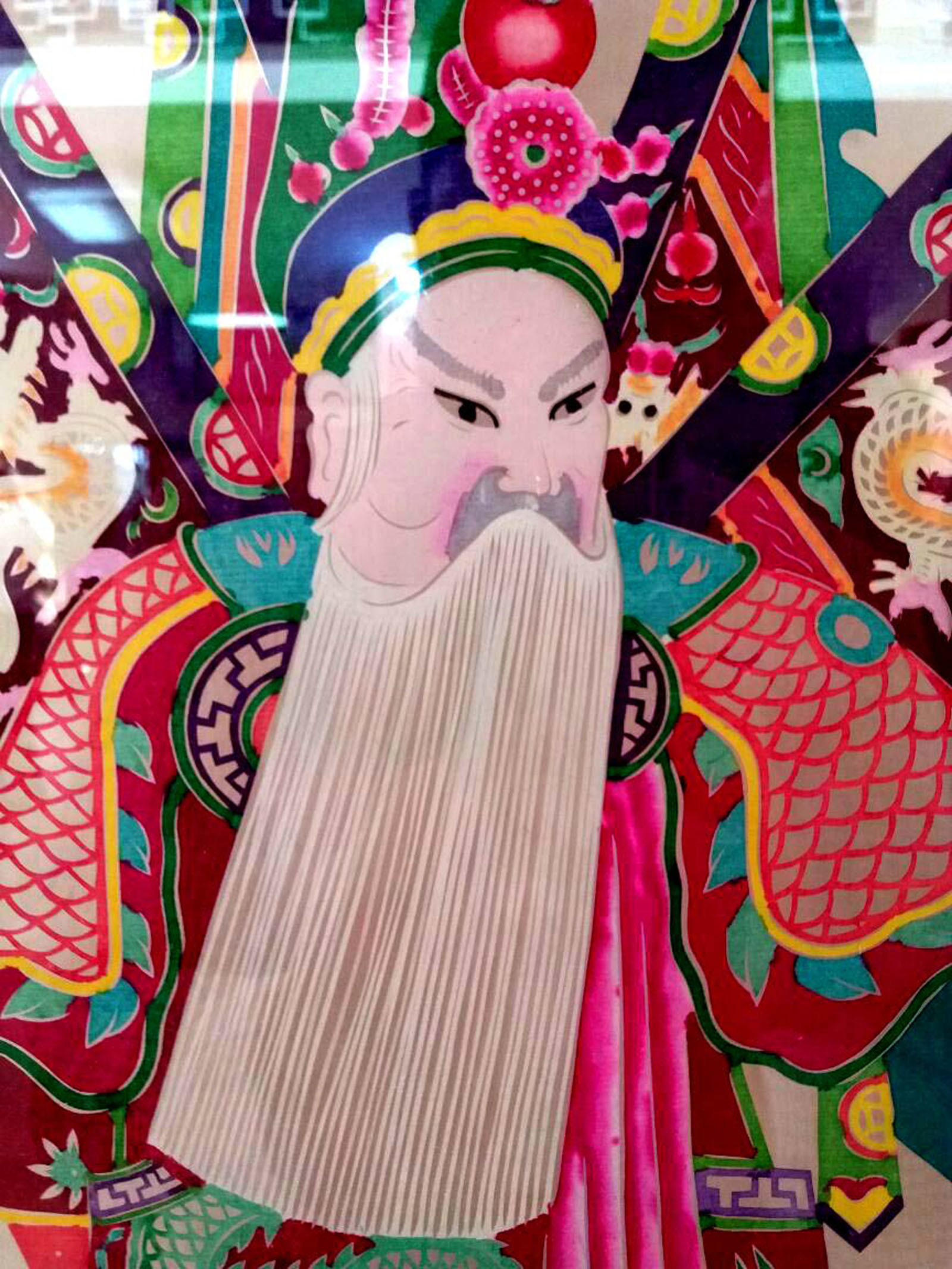

KARACHI: An exhibition of 28 pieces of ancient Chinese paper-cutting art opened here at the National Museum on Thursday. Chinese Consul General Wang Yu and Sindh Culture Minister Syed Sardar Shah inaugurated the event.
Speaking on the occasion Chinese CG briefed the visitors about this ancient art and the new form it is now taking. These 28 pieces of art tell different stories from various regions of mainland China.
Stressing upon the need to have more cultural exchanges between the two friendly nations, the Consul General said people to people contacts and cultural exchanges are an important part of Pakistan and China relationships and we must build onto that.
“Inheritance and Innovation” exhibition is part of our efforts to introduce Chinese tradition to the people of Pakistan and we expect more Sindhi artists to exhibit their work in China as well.
Agreeing with the CG, Sindh minister added that our doors are open for Chinese brothers. This is just the start and we are planning more such events in Sindh in future. ‘Through culture we can bring both nations closer to each other.’

Paper-cutting art:
1,000-years-old Chinese paper-cutting art was included in the “List of Representative Works of Human Intangible Cultural Heritage” in 2009 and Unesco describes it as “one of the most popular art forms in the daily life of all ethnic groups in China”.

With its rich artistic expression, paper-cutting has won respect and appreciation by art masters both in China and abroad. Nowadays, more modern technology is applied to this art. The design for a works depends on the region (such as meticulous and eclectic pattern manly produced in Southern China) and functions. As a method of expressing emotion the art is reviving in China at present.
Art pieces
The art pieces put on exhibition represent the typical character of this folk art and show different ways of creation: from pre-designed “Lucky Fruit” (smoked, design) to non-designed; from small size “Hometown Marriage” to large size “Four Seasons”.
It also shows the different methods of cutting and place where it was made: engraving & colour in Yuxian, Hebei; mini-cutting in Yueqing, Zhejiang; fold-cutting in Inner Mangolia and etc. A unique mix of ancient auspicious patterns, folk tales and the traditional spirit in contemporary creation proves the inheritance and innovation in this traditional folk art.
